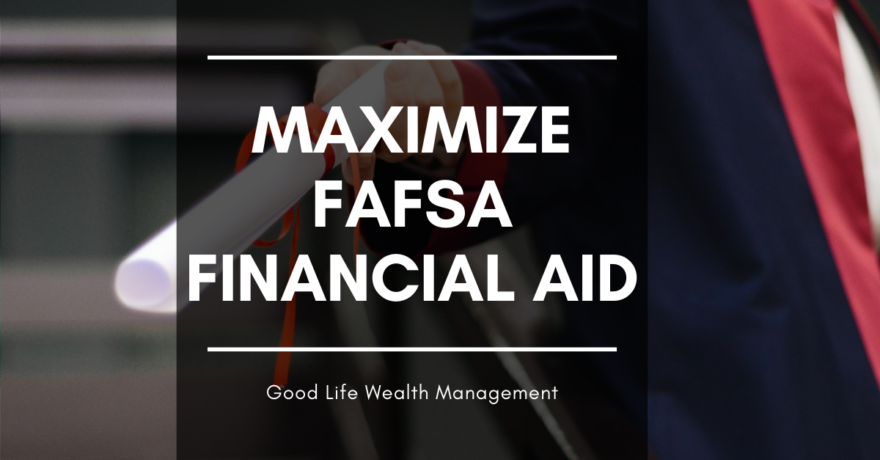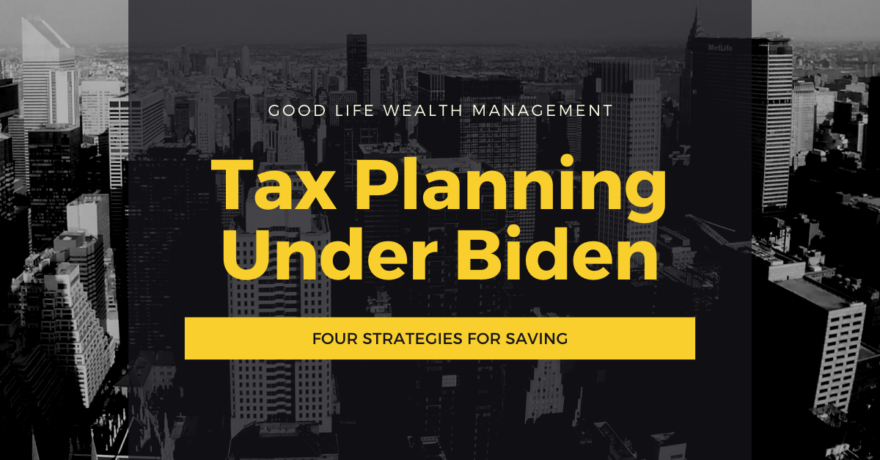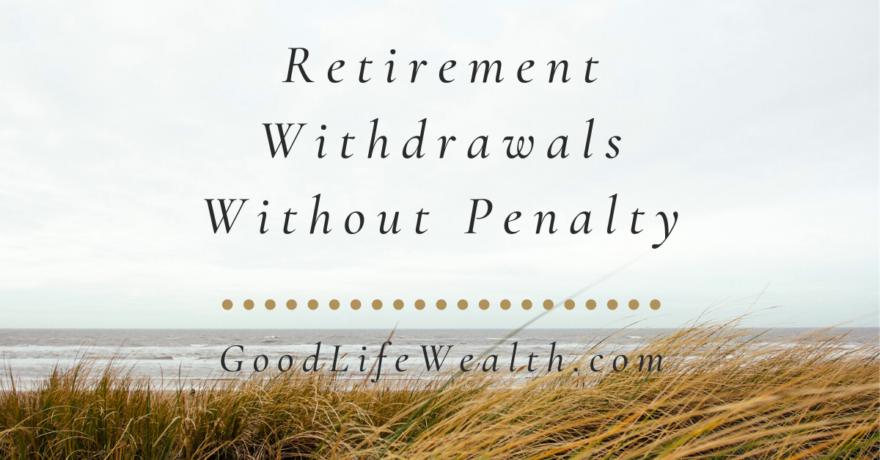I recently saw an article on 10 Questions to Ask a Financial Advisor, as a way to interview prospective advisors. The article is on point, and I hope that future clients will ask me these questions. Doing so will enable them to understand my process and recognize the value I can provide. Let me save you the time by providing my answers here.
1. Are you a Fiduciary?
Yes, I am a Fiduciary. I am legally required to place client interests ahead of my own. As an independent Registered Investment Advisor, I am not tied to any single company or product. My goal is to do the best I can to help every client.
2. How do you get paid?
On portfolios above $250,000, the asset fee is 1% a year. This is charged at the beginning of each quarter, at 0.25%. For clients who just want a financial planning engagement (without $250,000 in investments), the quarterly cost is $1250. My clients know exactly how much they pay me and have the right to leave at any time if they are unsatisfied. By charging an annual fee on the value of your portfolio, our incentives are aligned. If your account goes up, I get paid a bit more. And if your account goes down, I make less. I think this is mutually beneficial and creates accountability. My goal is to have a long-term relationship with each client.
Read more: The Price of Financial Advice
3. What are my all-in costs?
Aside from the fee described above, I do not charge any other fees, planning charges, or receive investment commissions. The core of our portfolios are low-cost funds from companies like Vanguard, iShares, and SPDRs. We build portfolio models in-house, so you will never be charged an outside management fee or “wrap” fee. Some other firms will charge you $2,000 for an initial plan, followed by a 1 to 1.5% management fee, and then outsource your portfolio to someone else who will ding you another 1% to manage your investments! Our focus is on keeping your investment costs low.
4. What are your qualifications?
I hold the Certified Financial Planner (CFP) and Chartered Financial Analyst (CFA) designations. I received a Certificate in Financial Planning from Boston University. Since 2004, I have been a full-time financial advisor. Before that, I taught at several colleges and approach my practice as an educator. My academic background includes a Bachelors degree from Oberlin College, and a Masters degree and Doctorate in music from the University of Rochester.
You should also look up an advisor on the SEC’s Investment Advisor Public Disclosure website to check if they have any disciplinary record, bankruptcies, or legal settlements. I do not.
5. How will our relationship work?
Planning comes first. A financial plan can help you see your goals clearly and develop concrete steps to achieve them. Investment policy is the product of financial planning so it has to be second. I work with a small group of families so I can do my best work and provide a high level of service. Financial planning is a long-term process, not a once and done event.
We begin with an in-depth Discovery Meeting to learn both the quantitative details about your financial situation as well as the qualitative goals, needs, and preferences you have for your money and your life. We will gather statements, tax returns, and other documents to analyze. All clients will complete a Finametrica Risk Profile and we will go over the results together. Based on your objectives, we use a modular planning process to address the areas which are most important and relevant to your situation.
In the first year, we have a lot of work to do in establishing your plan. Starting in year two, we will meet twice a year for monitoring and ongoing planning. I encourage clients to reach out to me whenever they have questions about financial topics or if their situation changes.
6. What’s your investment philosophy?
Investors are best served by a passive, long-term investment strategy. Our role is to manage a diversified, target asset allocation for buy and hold investors. We create and manage a series of Portfolio Models to meet the differing needs and risk preferences of our clients.
Within each Portfolio Model, we employ a Core + Satellite investment strategy. Core holdings are low-cost Exchange Traded Funds, in primary categories such as US Large Cap Stocks, US Small Cap Stocks, International Developed Equities, Investment Grade Bonds, and Cash. Satellite holdings are more tactical and may vary from year to year depending on their relative value and attractiveness. Satellite positions may include ETFs, mutual funds, or alternative investments, such as Emerging Markets, Real Estate, Commodities, Preferred Stocks, Convertible Bonds, Floating Rate Income, or other categories or strategies.
We do not believe that we can add value through market timing, picking individual stocks, sector rotation, or speculative strategies. We see little evidence that such strategies are beneficial for investors, especially when we consider the additional risks associated with them.
7. What asset allocation will you use?
Our models include the target allocations below, to be determined by your situation. Each model typically has 10-15 Exchange Traded Funds or Mutual Funds and is diversified across thousands of securities.
- Ultra-Equity: 100% Equity / 0% Fixed Income
- Aggressive: 85% Equity / 15% Fixed Income
- Growth: 70% Equity / 30% Fixed Income
- Moderate: 60% Equity / 40% Fixed Income
- Balanced: 50% Equity / 50% Fixed Income
- Conservative: 35% Equity / 65% Fixed Income
8. What investment benchmarks do you use?
We use two benchmarks: for stocks, the MSCI World Index Total Return, and for fixed income, the Barclays US Aggregate Bond Index.
Read more: How a Benchmark Can Reduce Home Bias
9. Who is your custodian?
TD Ameritrade Institutional will hold your accounts. Charles Schwab has acquired TD Ameritrade, and the two firms are in the process of combining over the next 18-36 months. I am very comfortable with both firms and their long-standing commitment to working with Independent advisors and their clients.
10. What tax hit do I face if I invest with you?
We will look at your individual situation and carefully consider taxes in our transfers, trades, and investment strategy. Working with high-net worth families, we aim for tax‐efficiency through the implementation of asset location, low‐turnover funds, tax loss harvesting, and tax‐favorable investment vehicles. We rebalance portfolios typically once a year, to avoid creating short-term capital gains.
Read More: 9 Ways to Manage Capital Gains
Have other questions for me? Drop me a note! I’m happy to chat.














